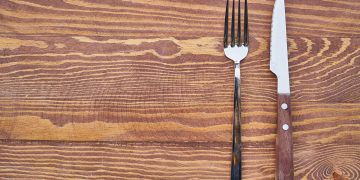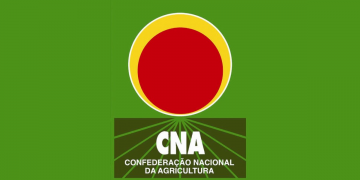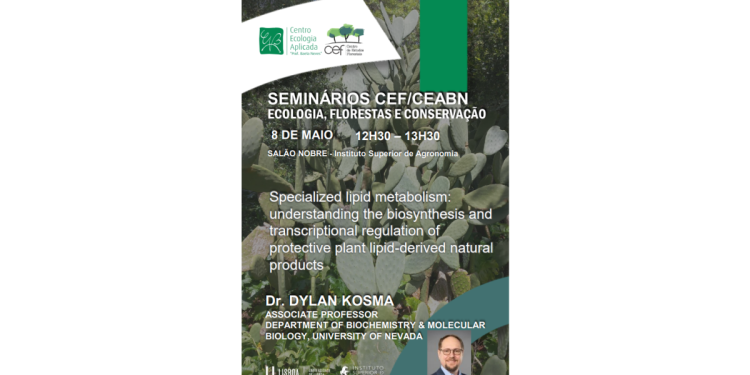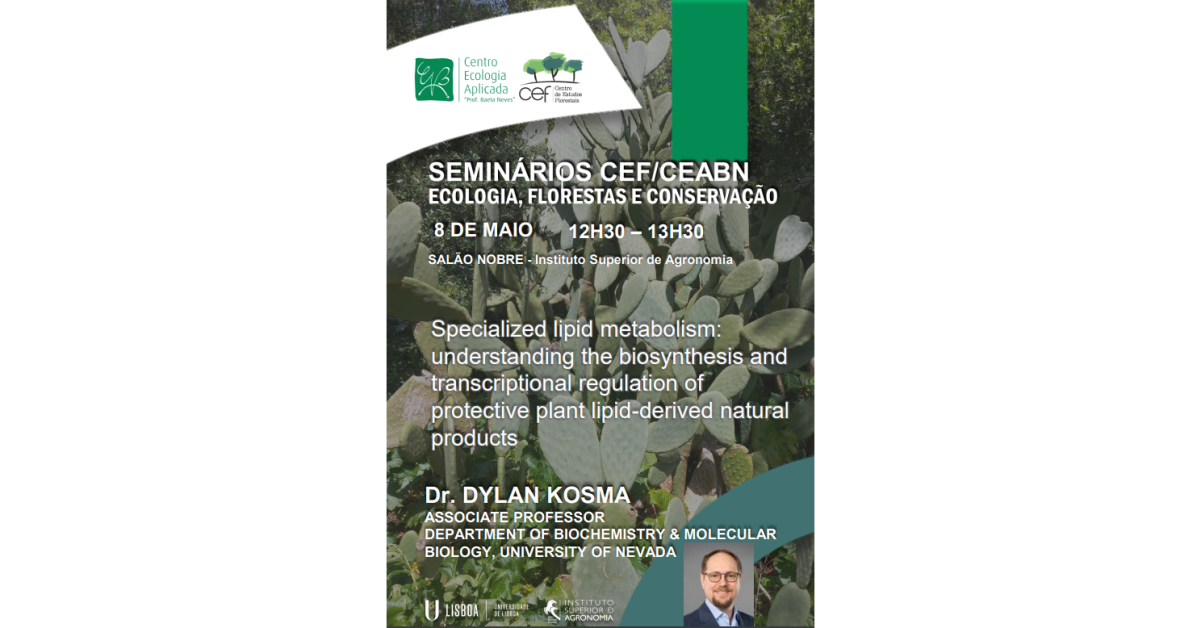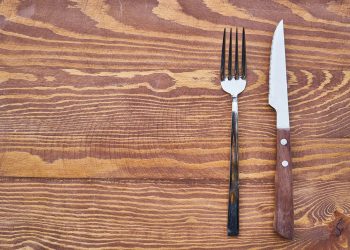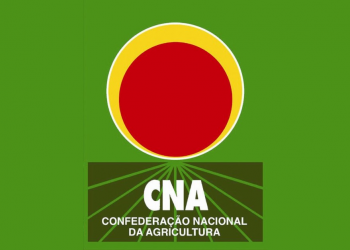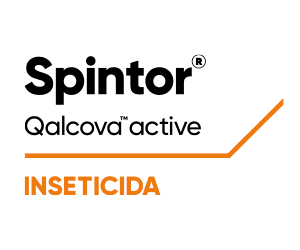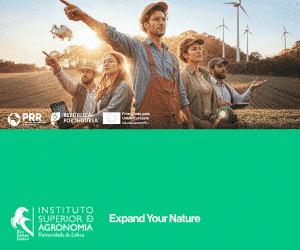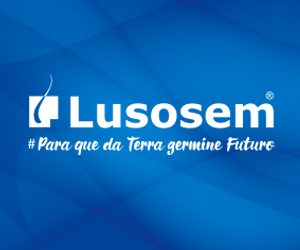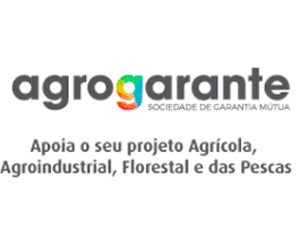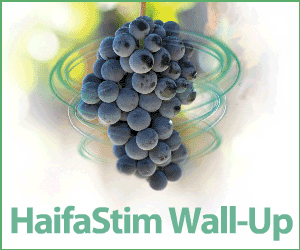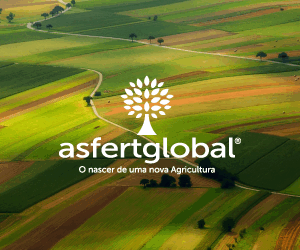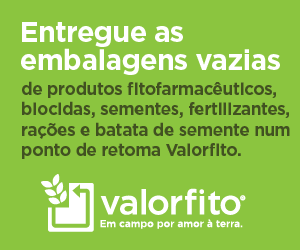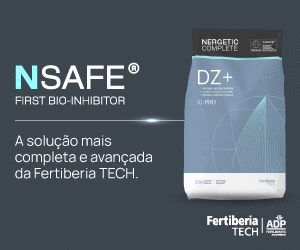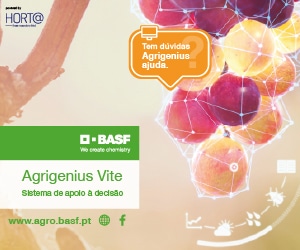Suberin is a heteropolymer of lipids and phenylpropanoids whose presence is nearly ubiquitous in the plant kingdom. It is found in specific cell types including endodermis, periderm, and seed coats. It is a major component of the “skin” or periderm of potato tubers. It is also produced in response to environmental stresses like wounding. In the US, up to 33% of the potato crop is lost during storage equating to more than $1 billion in crop losses each year. A large proportion of those losses can be attributed to improper wound suberin formation. We have identified a total of 9 transcription factors that regulate wound suberin deposition. Aspects of the transcriptional regulation of wound suberin deposition in potato and Arabidopsis will be discussed.
Xerophytic plants have developed numerous strategies for tolerating desiccating environments. Amongst these adaptations, is the plant cuticle. Surprisingly little attention has been given to understanding xerophyte cuticles despite their significance in maintaining plant water status in extreme environments. We recently characterized the chemical composition and ultrastructure of a commercially and culturally significant prickly pear cactus species, Opuntia ficus-indica. Aspects of the chemical composition will be discussed including highlights on potentially novel oligomeric waxes found in the O. ficus-indica cuticle.
Dylan Kosma is Associate Professor at the Department of Biochemistry & Molecular Biology, University of Nevada

